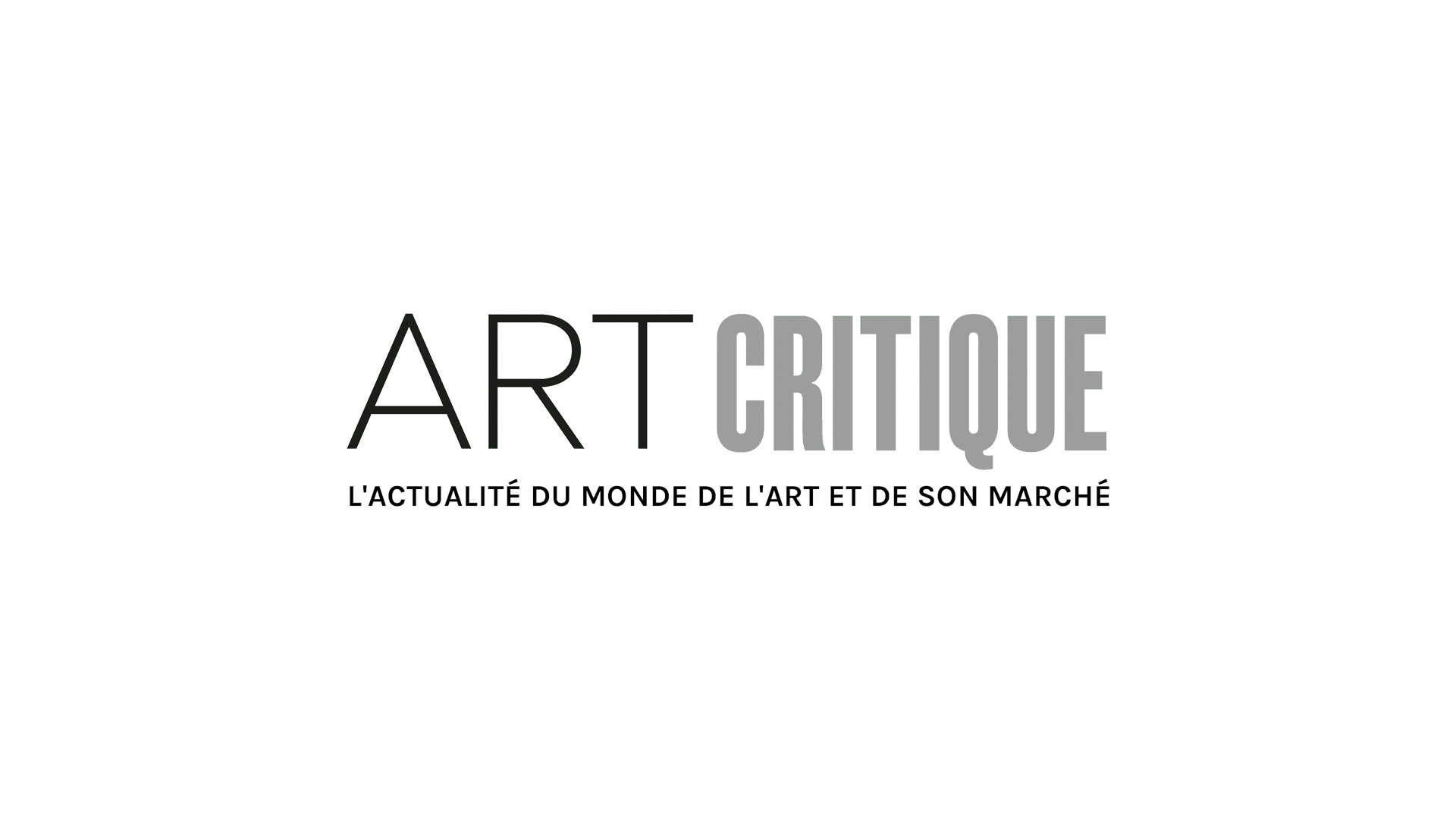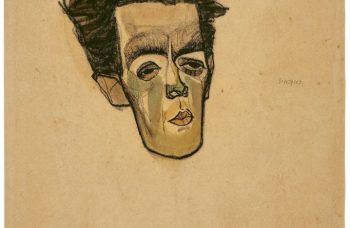Works by Charles White, a renowned African-American artist, have experienced somewhat of a renaissance in recent years as more and more collectors and museums have taken interest. The late artist’s market has grown substantially and last year, artist records were set in quick succession at auction, so the time seemed right for a South Carolina couple to sell a work they owned by White. However, when the artwork came up at Sotheby’s, Howard University filed a lawsuit claiming that the school was the rightful owner after the work was stolen from their collection in the 1970s.
Centralia Madonna, a monochrome pencil, ink, and gauche depiction of a Black Madonna caressing her face, was expected to bring in between $300,000 and $500,000 during an “American Art” auction that will happen tomorrow at Sotheby’s. The work was consigned to the auction house by Larry and Virginia Borders, a couple from South Carolina. Prior to the sale, Sotheby’s contacted Howard University when their research showed they were the last documented owners of the artwork.

When the work by White was brought to the attention of the university, Howard claimed to be the rightful owner of the work before filing a claim with a New York Southern District court on June 17th. The last official record of the work by White being at the university dates back to 1974, when Scott Baker, now assistant director of Howard’s gallery, used the work during his master’s thesis. Just a few years later, the whereabouts of the artwork were unknown and it was listed as missing.
The Borders claim that they received the work as a gift early in their marriage from J.D. Kibler, a close friend. The couple, though, seemingly has no proof of receiving the gift, or any previous documentation as to how Kibler acquired the work. According to the Borders’ lawyer, the couple had hoped to resolve the issue but Howard gave them no time to do so before filing their suit.
In the lawsuit, Howard University claims that the Borders have changed their story over the last few weeks and haven’t been able to provide details of Kibler. “They claimed J.D. Kibler to be a close friend, they stated that they did not know what the ‘J.D.’ stood for,” reads the suit in part. Howard continues stating that the “claims are all the more implausible given that Howard University has never sold or de-accessioned any work from its collection, and would certainly not sell or de-accession a work by Charles White, a hugely significant Black artist with strong ties to the university.”
Howard University purchased the painting from the Barnett-Aden Gallery in 1947 for the Howard University Gallery of Art, a transaction that is upheld in the school’s annual reports. The university itself is a historically Black university and, as stated in the suit, “was an early supporter of White’s work and a natural partner in his efforts to fight systemic racial injustice by empowering African Americans.” In fact, Centralia Madonna was one of many works White created while he was an artist-in-residence at Howard University in 1945. Shortly before White’s death in 1979, he also agreed to a three-year professorship at Howard.
In response to the lawsuit, the Borders have countered with a claim of their own suing Howard for upwards of $100,000 in compensation for damages to their reputation and damages to the sale of Centralia Madonna. Citing “false allegations,” the couple also claims that Howard University did not show any interest in the work until now and that their claim to the work would be void due to the passage of time.
As for Sotheby’s, when the issue was raised, the auction house removed the work by White from tomorrow’s auction. “This is an ownership dispute between the university and the consignors, which follows Sotheby’s due diligence in researching the work’s provenance,” said Sotheby’s in a statement to the New York Post. “Sotheby’s is merely a third-party stakeholder and will comply with any decision of the court.”





